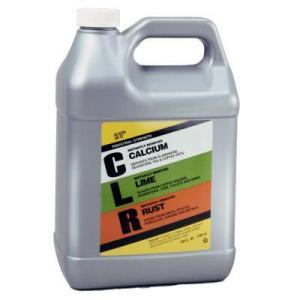I have been having a hard time cleaning these bottles and fermenter, spent so much time trying dozens of tips and techniques, days researching and looking up answers. I have done my homework but don't know where to go next.
I love seeing yeast live and flavors change, but this cleaning (with no success) is all very irritating (to be positive it's quite a learning experience)
I also just feel bad asking question after question on cleaning...so I am sorry if it is annoying.
Now that that I've vented:
1) I am not satisfied with the cleanliness of my bottles or fermenters.
-I have oxicleaned bottles to remove labels and clean
-then rinsed to remove scale (to no avail)
-I then tried soaking bottles in a vinegar solution (also tried star san) but there is still scale.
-then cleaned in PBW and that removed a lot of scale.
-then tried a bottle brush after PBW and after a weak acid solution (not much better)
-I have even tried a magic eraser on the outside of my fermenters for dried PBW and scale.
**After all this and more I took my spray bottle of star san and RO water and tried wiping the dried PBW off the outside of my fermenter. This did not work either.**
What am I doing wrong OR what am I to try next?
-am I doing things in the wrong order?
-am I doing the wrong things?
-should I get a camera?
-am I even on the right track?
-should I write a book?
I will try and find a camera to take pictures and I plan on going to my local home brew club. My next step is to try a PBW soak on my fermenter and give it some elbow grease once more.
This is all I can think of right now. I appreciate the advice you all have given me in the past and look forward to anything you can tell me now.
I love seeing yeast live and flavors change, but this cleaning (with no success) is all very irritating (to be positive it's quite a learning experience)
I also just feel bad asking question after question on cleaning...so I am sorry if it is annoying.
Now that that I've vented:
1) I am not satisfied with the cleanliness of my bottles or fermenters.
-I have oxicleaned bottles to remove labels and clean
-then rinsed to remove scale (to no avail)
-I then tried soaking bottles in a vinegar solution (also tried star san) but there is still scale.
-then cleaned in PBW and that removed a lot of scale.
-then tried a bottle brush after PBW and after a weak acid solution (not much better)
-I have even tried a magic eraser on the outside of my fermenters for dried PBW and scale.
**After all this and more I took my spray bottle of star san and RO water and tried wiping the dried PBW off the outside of my fermenter. This did not work either.**
What am I doing wrong OR what am I to try next?
-am I doing things in the wrong order?
-am I doing the wrong things?
-should I get a camera?
-am I even on the right track?
-should I write a book?
I will try and find a camera to take pictures and I plan on going to my local home brew club. My next step is to try a PBW soak on my fermenter and give it some elbow grease once more.
This is all I can think of right now. I appreciate the advice you all have given me in the past and look forward to anything you can tell me now.



